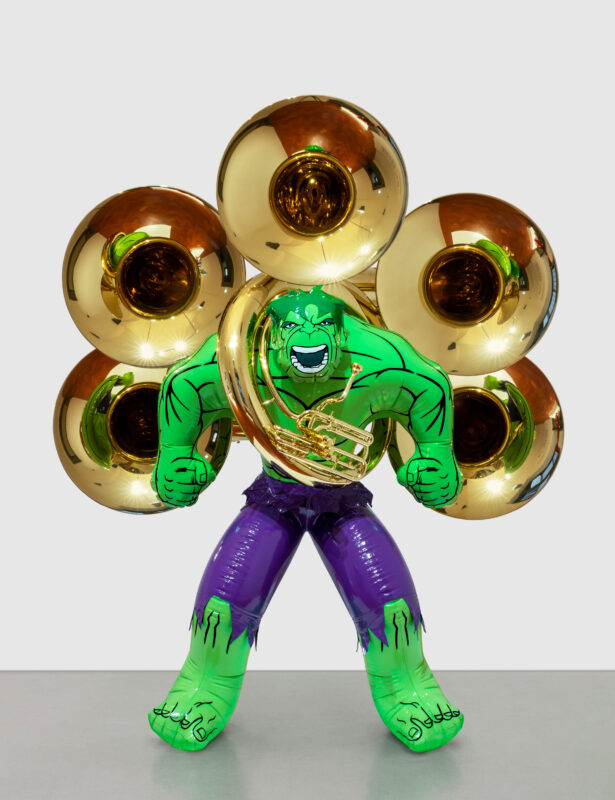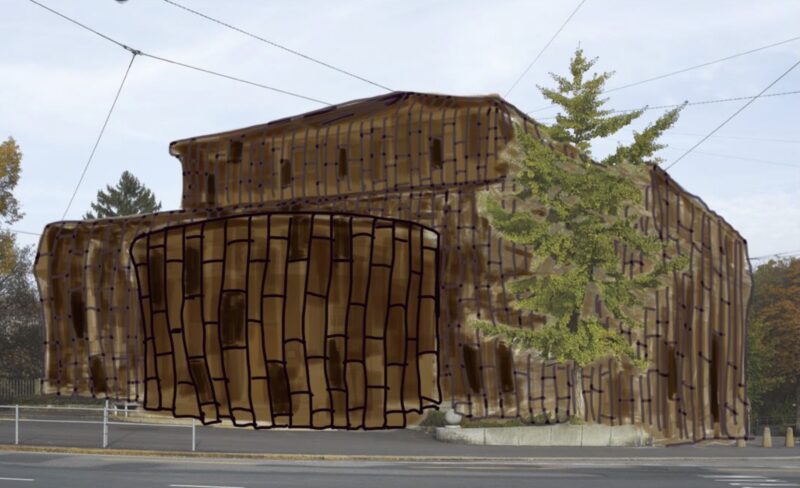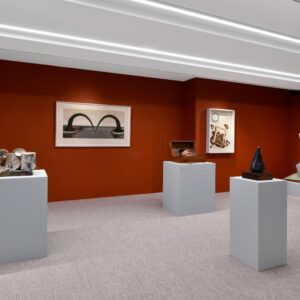
What brings together indoor and outdoor sculptures by Jeff Koons and Manolo Valdes, emerging and established Polish artists, and a selection of West African artists?
The answer is the OmenaArt Foundation, set up by Omenaa Mensah, a Polish journalist, presenter, philanthropist, and passionate art collector. She is of Polish and Ghanaian heritage, and leveraging her public profile, Mensah has been a tireless advocate for underprivileged children in both Ghana and Poland, as well as for Ukrainian mothers and children displaced by war.
This mission takes visual form at the orangery of King Jan III’s Palace at Wilanów, and its surrounding grounds, on the outskirts of Warsaw, are hosting an exhibition. The exhibition showcases highlights from the foundation’s growing collection and includes artworks up for auction. All proceeds support charitable causes, including constructing a sports centre for a school in Ghana. Last year’s event raised over £11.5 million, and this year’s goal is to match or surpass that success.
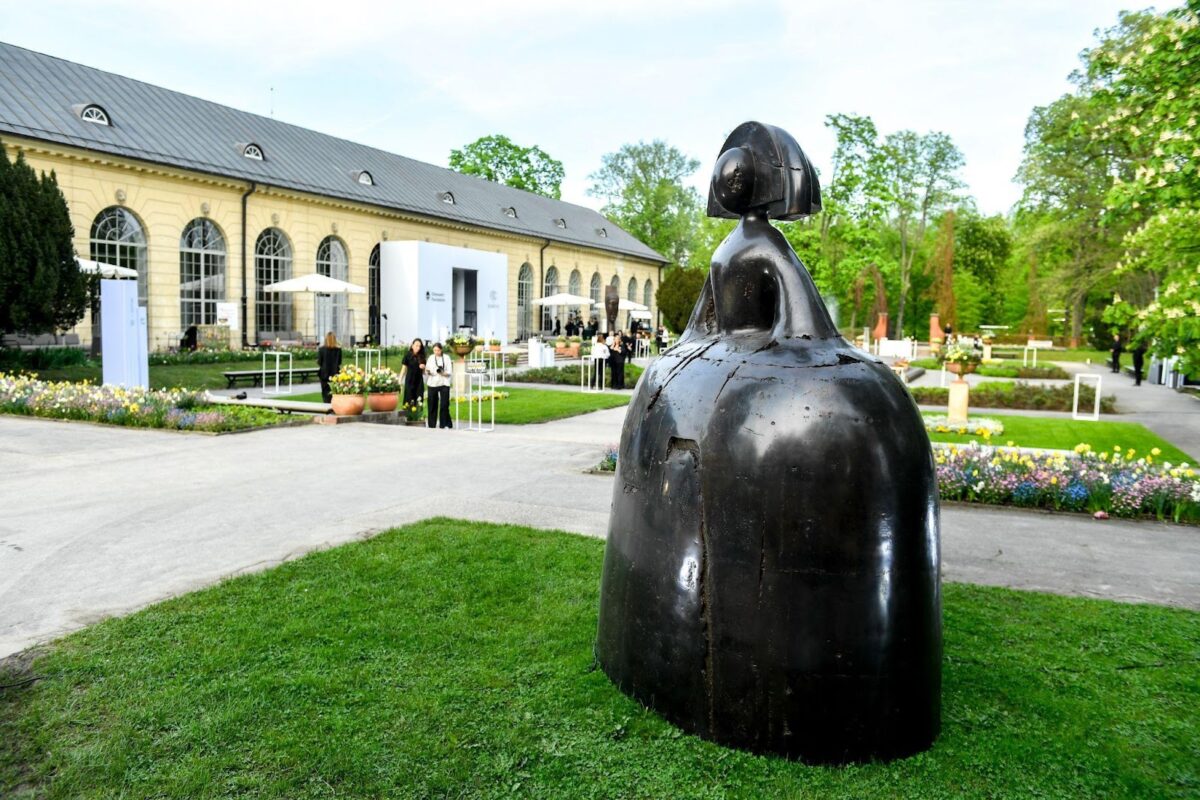
While the eye-catching works may be Manolo Valdés’ monumental sculptures, inspired by Velázquez’s Las Meninas, and a gleaming trio of Jeff Koons’ iconic balloon dogs, there’s much more to explore. I was drawn to quieter, more contemplative pieces, like Saad Qureshi’s intricate leaf sculpture and a haunting mixed-media work by Polish legend Tadeusz Kantor. Known for organising underground theatre during WWII, Kantor’s canvas, featuring an umbrella embedded within it, echoes the aesthetic of Christo’s wrapped objects. Though starkly white, Kantor initially encouraged buyers to personalise the work, even painting directly over it.
One section of the exhibition is dedicated to the foundation’s collection, and this is where I found the work that most resonated with me, including artists who work with found materials to create compelling narratives. Ibrahim Mahama weaves together jute sacks with a long history of transporting materials linked to colonialism, each showing signs of wear, and one has ‘Y2K’ written across it. Kwaku Yaro creates collaged portraits reflecting on waste in the globalised era, so we can see Primark and Farmfoods bags worked into the piece.
Eddy Kamuanga paints figures whose skin is replaced with circuit board patterns, reflecting how the world relies on Coltan, which is mined in the Democratic Republic of Congo, for all our technological needs. Yet, it’s having a horrific impact on the health of the people who live there.
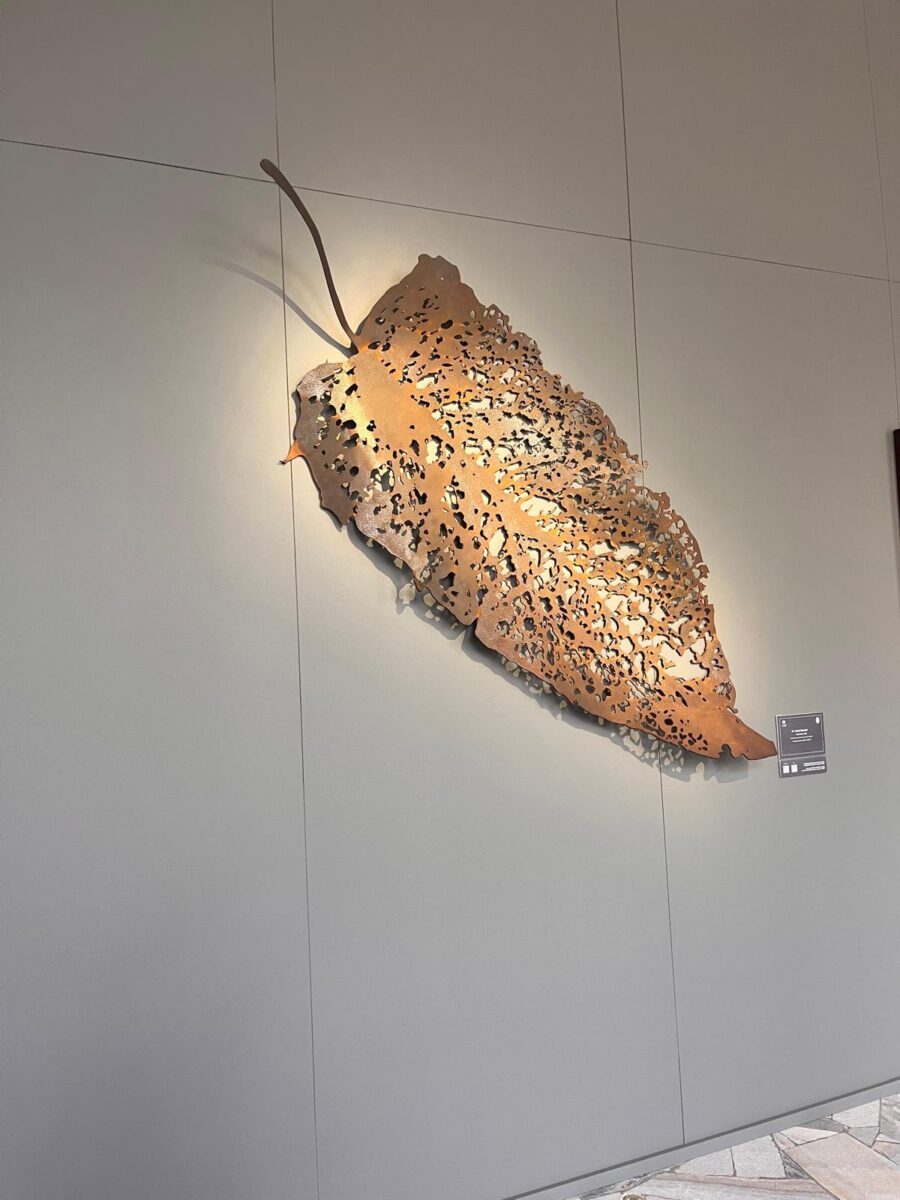
Impressive African artists are also present in the auction itself, including Yaw Owusu’s work made with treated Ghanaian coins, Rita Mawuena Benissan’s woven works depicting Ashanti ceremonies and Ablade Glover’s searing landscapes of reds and yellows.
The exhibition’s final section includes the works in the online auction at a lower price point, allowing them to include more emerging Polish artists in the fundraising auction.
In every group show, I’m drawn to some artists and artworks over others, and that’s the case here as well. However, when a show like this one supports such an important cause, it’s much easier to get behind it as living proof that art can make a difference.
The OmenaArt Foundation exhibition is at the Orangery of the Museum of King Jan III’s Palace at Willanow, Warsaw, Poland. It is free to enter and runs until 24th June. The auction is on 7th June.
